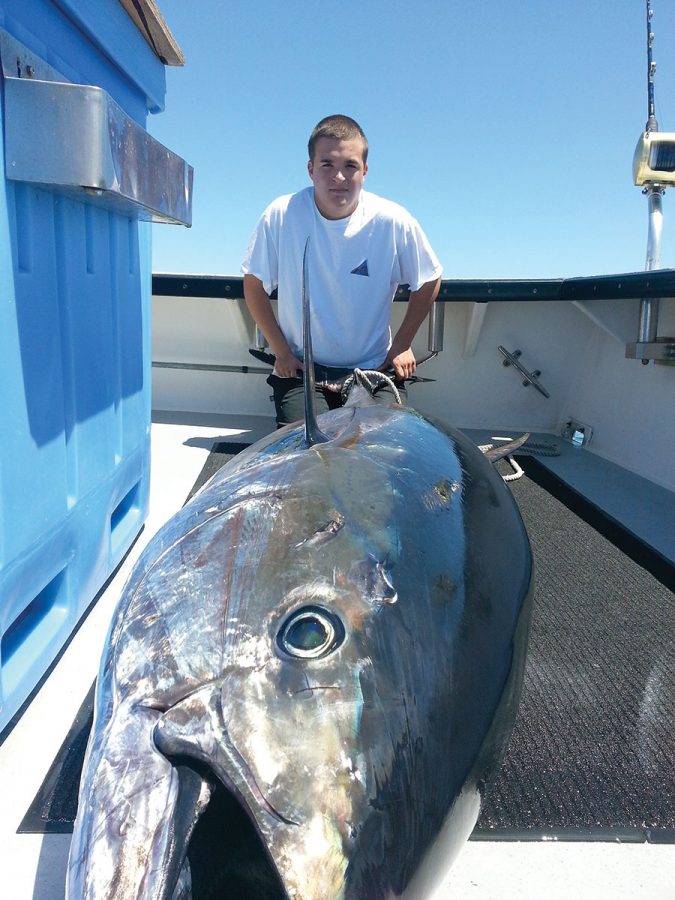
When you think about it, it’s not as ridiculous as it sounds. According to the Associated Press, a sushi chain boss in Japan recently made a $632,000 winning bid for a 466-pound bluefin tuna at auction. That’s the second highest amount ever paid for a bluefin, and it equates to more than $1,356 per pound.
That’s a mighty pricey chunk of fish. But when one looks at the money a recreational angler spends on fishing each year, $1,356 per pound is really not all that outrageous. The average angler in the United States spends about $1,261 per year on the sport. This average includes everyone from the bank-bound bucket-sitter to the guy who spends a million clams on a sport-fishing yacht. The range of expenditure is wide; as is the per-pound return on that expenditure.
Someone who fishes bait from shore might only spend a couple hundred bucks a year on gear, bait and gas to get there. If they’re good, they might bring home several pounds of good protein every time they fish. It’s a tradeoff that is economical if one disregards the lost wages from time spent watching a rod tip.
On the other end of the spectrum, it would take a lot of fresh-caught dolphin at market price to pay for a decent offshore rig and the gas to run it. This is a scenario in which the angler likely pays a whole lot more per pound than the Japanese sushi boss.
And then there are the catch-and-release purists. Whether its billfishing, fly fishing for trout or tournament bass fishing, those who catch fish to release them are looking at a price per pound that is infinite.